Knowledgebase
Latest from Kingshay's Knowledgebase
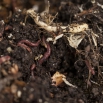
Soil Organic Carbon (SOC) has become a bit of a buzz word in the industry. This may have prompted you to investigate the SOC within your own soils, or it may be something...
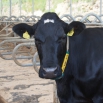
Happy cows are productive cows! The key is to ensure every aspect of management and cow environment is set up to make the most of the cow’s natural behaviour. Closely m...
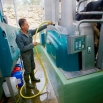
Private water sources are a great way to lower water costs on dairy farms, but failure to routinely monitor and address water quality issues can lead to problems with udd...

In order to achieve Net Zero by 2040, British Farming needs to capture more carbon (C). Hedgerows, woodland and soils have all been identified as key areas for C-sequestr...
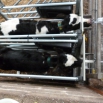
Computerised calf feeders are becoming increasingly popular to help labour efficiencies. Managed well, they can improve milk feeding consistency, drive weight gains and o...
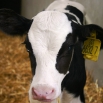
Heifer calves are the future of most dairy herds, and you don’t get a second chance at getting it right. Therefore, time taken for attention to detail pays dividends, n...
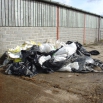
An average of 13,000 tons of plastic is produced by UK farms each year. Reducing waste on your farm can reduce costs, reduce time as well as being better for the environm...

This Soil Carbon Report, ‘Soil – completing the carbon jigsaw’ combines the key findings from the Kingshay Soil Organic Carbon Project, alongside other research and...
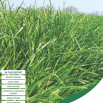
Last published in 2017, this NEW edition of the Forage Costings Report has been fully updated to provide a detailed insight into the costs of producing forage. Using this...

Cameras are no longer just seen as a security tool; they now have multiple uses on farms from monitoring cows during calving to staff training. Nonetheless, there are key...
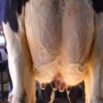
E. coli is one of the primary causes of clinical mastitis in the UK, presenting in various guises from mild cases to severe toxic mastitis that few cows will survive. Wi...
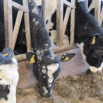
Working with livestock will always involve a level of risk. One risk area that is often overlooked is zoonotic diseases (pathogens that are passed from animals to humans)...
